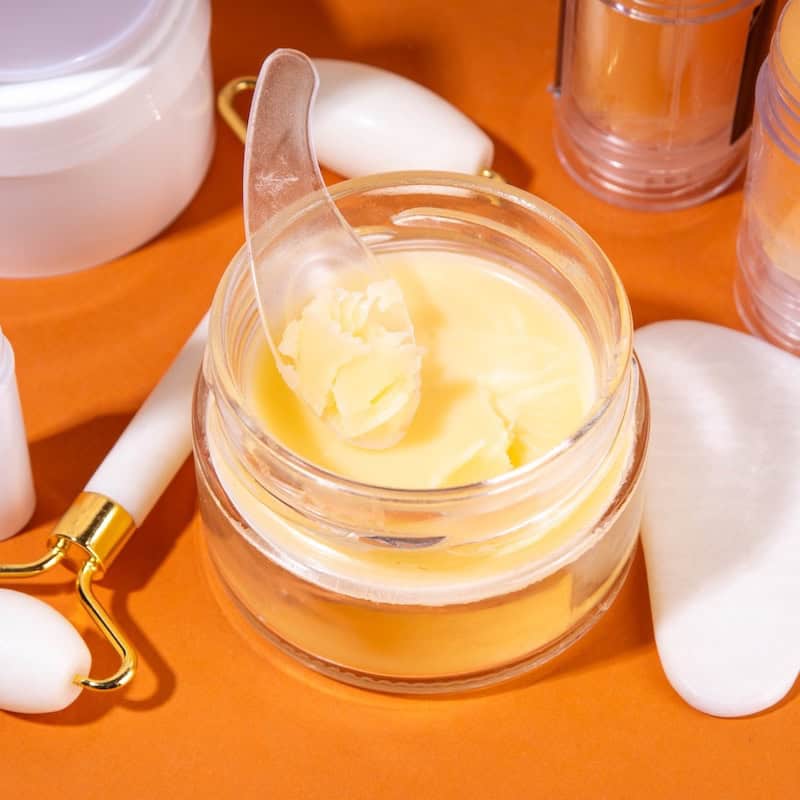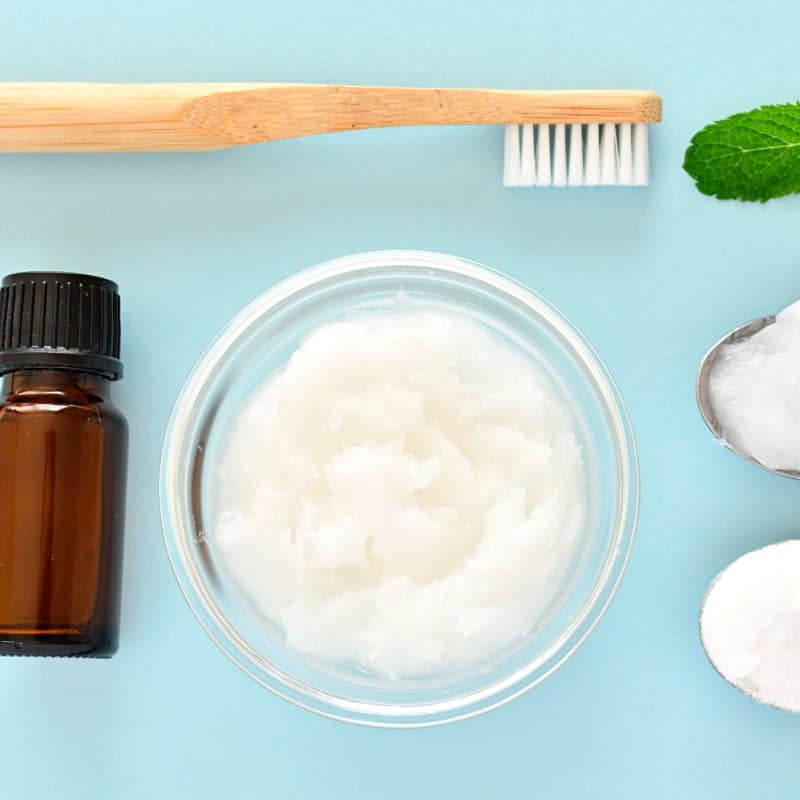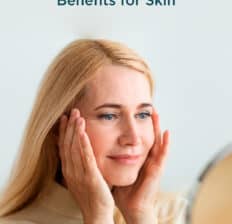This Dr. Axe content is medically reviewed or fact checked to ensure factually accurate information.
With strict editorial sourcing guidelines, we only link to academic research institutions, reputable media sites and, when research is available, medically peer-reviewed studies. Note that the numbers in parentheses (1, 2, etc.) are clickable links to these studies.
The information in our articles is NOT intended to replace a one-on-one relationship with a qualified health care professional and is not intended as medical advice.
This article is based on scientific evidence, written by experts and fact checked by our trained editorial staff. Note that the numbers in parentheses (1, 2, etc.) are clickable links to medically peer-reviewed studies.
Our team includes licensed nutritionists and dietitians, certified health education specialists, as well as certified strength and conditioning specialists, personal trainers and corrective exercise specialists. Our team aims to be not only thorough with its research, but also objective and unbiased.
The information in our articles is NOT intended to replace a one-on-one relationship with a qualified health care professional and is not intended as medical advice.
Phytoceramides for Smoother, Healthier, More Hydrated Skin
February 19, 2022

If you have dry, dull skin, you may have lower levels of ceramides (or fatty acids in your skin). This can be caused by age, colder weather, sun damage, air pollution and other environmental factors. In an effort to reserve this skin lipid deficiency, phytoceramides are becoming increasingly popular in the cosmetic and skin care industry.
These plant-based fatty acids play the role of fats that are naturally present in the skin and are integral in giving you a smooth, youthful appearance.
What Are Phytoceramides?
Phytoceramides are plant-derived fatty acids that are used on the skin to soothe dryness and irritation and reduce fine lines and wrinkles.
Ceramides are long-chain fatty acids that occur naturally in the outer layer of human skin. In fact, these lipids make up about 50 percent of the epidermis, but with age and environmental factors, ceramide production can decrease over time.
“Phyto” means plant, so phytoceramides are plant-based lipids that are used to mimic those that are produced by humans. Getting the fats from plants is a safer, more natural way to redistribute fats without the need for synthetic substances.
Phytoceramides Benefits
The benefits of phytoceramides come from the replenishment of fatty acids that secure the skin’s protective barrier and lock in moisture. Without enough moisture, your skin becomes dry, cracked and more susceptible to infection.
Here’s a breakdown of the top benefits of phytoceramides:
1. Locks in Moisture
Ceramides keep the skin hydrated, and when levels become low, moisture is able to escape. It’s not that ceramides add moisture to the skin like an oil or lotion, but they work to reinforce the natural skin barrier that holds moisture in beneath the first layer.
Low ceramides, and therefore less moisture within the skin’s layers, make your skin more prone to the absorption of irritants and pollution, which can cause infections, breakouts and more. Plus, a loss of moisture means that you’re left with a dry, rough texture, red patches and even flaking skin.
A study published in Clinical, Cosmetic and Investigational Dermatology found that natural oil-derived phytoceramides are useful for cosmetic applications in the development of an ideal skin barrier moisturizer. The phytoceramides improved the recovery rate of damaged skin and enhanced hydration better than non-plant derived ceramides.
2. May Reduce Fine Lines and Wrinkles
Because they work to lock in moisture and improve dryness, phytoceramides can help to smooth out fine lines and wrinkles that become more noticeable with dry skin. The fatty acids serve as a protective barrier that retains moisture and keeps the skin soft and subtle.
Research published in the European Journal of Pharmaceutics and Biopharmaceutics suggests that replenishing depleted ceramides has beneficial effects in restoring the skin barrier. For this particular study, oat ceramides were compared to lecithin emulsions and starch-based nanoparticles to measure potential protective effects on the skin.
3. Support Overall Skin Health
In a review published in Skin Pharmacology and Physiology, researchers describe ceramides as the “backbone of the intercellular lipid membranes” that are responsible for skin barrier function. Research indicates that skin diseases like atopic dermatitis, psoriasis and aged skin are characterized by dysfunctional skin barrier and dryness, which is associated with reduced ceramides.
4. Helps With Absorption of Other Skin Products
Phytoceramide cream can be used in combination with other skin care products, like those containing kojic acid, glycerin and hyaluronic acid that are used for their anti-aging, skin-lightening effects. The fatty acids help with the penetration and absorption of these other products, potentially sealing them into the skin and boosting their effects.
How to Use
The most popular (and possibly most useful) form of phytoceramides is as a topical cream. The cream helps replenish fatty acids in the skin, improve hydration and enforce the skin’s protective barrier.
To use phytoceramide cream, apply it to your face, neck and chest to slightly damp skin after bathing, when your pores are open. If you’re not bathing before use, then wash your face with warm water, pat it dry and then apply the cream to help lock in moisture.
If you use other cosmetic products, apply them right after the phytoceramide cream.
Using a cream in addition to phytoceramide supplements has been recommended, but there isn’t any clear evidence that internal use is as effective as topical use.
Supplements and Dosage
The verdict is still out on the efficacy of consuming phytoceramide supplements for skin health. There are some studies out there, but most are done by cream or vitamin manufacturers.
Although the evidence is limited, phytoceramide supplements are used to reduce dryness and hyperpigmentation. The idea is that eating phytoceramides delivers the fatty acids to the skin continuously, which supports fatty acid levels from under the skin’s surface.
There’s no recommended dosage based on research, but most supplement directions suggest 10–70 milligrams per day.
Ceramides are also available in foods, including eggs, rice, sweet potatoes, wheat and millet. However, it’s not clear if consuming ceramides works to improve skin hydration and appearance similarly to a topical product.
Risks and Side Effects
Phytoceramide creams are considered safe and non-irritating. However, people’s sensitivity varies so it’s best to take it slow with any new skin care product.
If you notice any irritation, redness, itching or dryness, stop using the cream immediately. Make sure the product you choose doesn’t have added ingredients that can cause adverse reactions.
Speak to your doctor before taking phytoceramide supplements, especially if you plan to use them daily. They are a type of fatty acids, so people who have to limit fat intake should be mindful.
Conclusion
- Phytoceramides are plant-derived fatty acids that are used on the skin to soothe dryness and irritation and reduce fine lines and wrinkles.
- They are used to replenish our natural ceramides, which are long-chain fatty acids that occur naturally in the outer layer of human skin. Over time, ceramides are reduced and can cause dry skin that’s more susceptible to infection.
- Phytoceramide creams are used to enhance the skin’s protective barrier, lock in moisture, reduce fine lines and wrinkles, and support the absorption of other cosmetic products.










